Online Resources
Digital Library
Digitized books of the BHMPI library with public IIIF access for scientific reuse and the possibility to download full PDF or single images, up to original resolution. Similar as to the earlier initiative, most of the digitized items (ca. 2500 titles) are from the Rara collection, but also from Open stacks. The collection can be filtered and searched in various ways (author, title, date, topic) and even complex queries are possible. A CC BY-SA-NC license is applied throughout.
Rara
Digitized rare books of the Hertziana library (2005–2013) with a double-paged online viewer, controlled structural data that provide navigation and search functionality, IIIF access for scholarly reuse, downloadable data in several formats including XML, TEI and PDF, as well as single images, up to original resolution. The 382 digitized items of the collection can be filtered and searched (full text is not available ), statistical views and a word index are available. The interface is in German. Concept and programming: Dr. Martin Raspe
Fotothek Catalogue
The Catalogue of the Photographic Collection allows the search and filtering of more than 420.000 catalogued images of more than 270.000 Objects in highly structured descriptions of works of art and architecture, enriched with relevant art historical information. Detailed information is provided for each image and a viewer using IIIF which allows to zoom in the details and to compare and analyse the photographs.
Zuccaro
ZUCCARO (developed since 2005) is a general information system on Italian art and cultural history. It uses “semantic web” concepts and an event-oriented data model. Events are stored in the form of micro-historical statements that include time-spans. Events connect cultural entities like artists, places, works of art and architecture and scholarly documentation, forming a browsable and searchable “graph”-like network. Inspired by the CIDOC Conceptual Reference Model, the structure is technically simplified and not limited in terms of semantics. ZUCCARO is the physical home of the ArsRoma and Lineamenta research projects; it contains metadata of the CIPRO project, of illustrations in the Rare Books collection, information about artists in Rome in the 19th century, and many other subjects. Concept and programming: Dr. Georg Schelbert, Dr. Martin Raspe
Mapping Rome
Various useful resources for the ongoing Field Seminars, but also to researchers of Roman art history, are brought together in one site: historic maps from 1750 until 1950, data from ArcheoSitar, Census, Beweb, ICCD, links into Wikidata, an extract from Wikipedia, plus the relevant resources of the Library and Photographic Collection of the BHMPI for each monument.
Spatial Bibliography
A novel way to explore existing bibliography where geographical GND Ids and related literature are projected onto the territory via stylized maps. For the territory of Italy, the bibliography is aggregated to municipalities whereas for the city of Rome each single monument is listed. The bibliography links directly into the Kubikat catalog.
Schudt – Schlosser – Caldana
The digital collection brings together the fundamental work of Ludwig Schudt, the Hertziana's first librarian, on the Roman Guides, as well as Julius Schlosser's chronological analysis of the sources on art history. Schudt's catalog of guide books is supplemented by Alberto Caldana's critical analysis.
Schede Noack
The systematic card index of the German journalist and art historian Friedrich Noack (1858–1930) contains over 18,000 handwritten notes (mostly in old shorthand, Gabelsberger system) with over 11,000 entries on artists working in Rome (including archive extracts, newspaper articles etc.). The material held in the Bibliotheca Hertziana archive was digitised in 2006. It is indexed by artists’ names. The entries are connected to various reference data sources as well as the database ZUCCARO. Principal Investigor: Prof. Julian Kliemann †, programming: Dr. Martin Raspe.
CIPRO – Catalogo illustrato delle piante di Roma online
Extensive digital catalogue of historical maps of Rome including digital images (where available). The catalogue consists of two parts: The catalogue of maps contains basic data on editions (i.e. the printing plates). Copies (i.e. individual prints) recorded in the database are listed below the maps. The database does not list every known plan and copy; it is constantly being enriched. Zoomable views of the maps are only shown where the institution holding the copy allows unrestricted access.A selection of the most important maps is offered under 'Highlights'. Interactive maps with polygon overlays are listed (see also under “Maps”). Principal Investigator: Dr. Georg Schelbert, programming: Dr. Martin Raspe
Lineamenta
The aim of Lineamenta is to create a research database for architectural drawings that can be consulted via the Internet. All important information is recorded in scientific data sheets. The drawings will be made available to the scientific community as high-resolution scans. Thus in-depth, comparative studies of material that has been scarcely studied is made possible.
The project was conceived by Prof Dr. Elisabeth Kieven. It was realised under her direction by a team of scholars and computer specialists at the Bibliotheca Hertziana. The project primarily contains Italian architectural drawings from the 17th and 18th centuries. It has ceased active continuation as of January 1, 2018. The data is also part of the ZUCCARO project. Principal Investigator: Prof. Elisabeth Kieven, Prof. Hermann Schlimme †, programming: Dr. Martin Raspe
The project was conceived by Prof Dr. Elisabeth Kieven. It was realised under her direction by a team of scholars and computer specialists at the Bibliotheca Hertziana. The project primarily contains Italian architectural drawings from the 17th and 18th centuries. It has ceased active continuation as of January 1, 2018. The data is also part of the ZUCCARO project. Principal Investigator: Prof. Elisabeth Kieven, Prof. Hermann Schlimme †, programming: Dr. Martin Raspe
Abruzzo and Molise
An online 'living' edition of Otto Lehmann-Brockhaus's work “Abruzzen und Molise. Kunst und Geschichte” of 1983 (text in German). The project (2009–2010) was created to provide a useful tool for the study of the historic monuments destroyed or damaged in the 2009 earthquake at L’Aquila. Places and monuments are indexed and linked to a number of external sources. A PDF with the same pagination as the printed book is available. Principal InvestigatorsI: Dr. Andreas Thielemann †, programming: Dr. Martin Raspe
Glossario dell’edilizia
The glossary offers a curated list of Latin and Italian vocabulary terms from the building trade of the 15th to the 18th centuries. It forms part of a larger project on the Epistemic History of Architecture led by Hermann Schlimme († 2023). Included are terms for logistics, administration, workshop items and architectural elements. Principal Investigator: Prof. Hermann Schlimme †, programming: Dr. Martin Raspe
Maps
The Bibliotheca Hertziana has produced numerous digital copies of historical city maps of Rome and Naples (some of which it has also acquired). These can be studied in a special viewer environment (Digilib). Individual copies are provided with coloured, interactive annotations that are linked to additional information. A catalogue of historical Rom plans can be found in the CIPRO project. Concept and programming: Dr. Martin Raspe
Staccioli Digital Archive
The archive of art and archival materials related to the sculptural practice of Italian artist Mauro Staccioli (1937–2018), here called Staccioli Digital Archive, is the product of the interaction of the several departments of the Bibliotheca Hertziana and is thus primarily a successful exercise in the extremely complex process of integrating existing resources, which normally provide services at institutional level, for a specific project crossing all departments focused on the Archive.
The web application includes several dynamically generated ways to access the material in an exploratory and surprise-generative manner. At each level a new and different digital resource for the relevant entity (project, person, place, artwork, archival unit) is presented to the user. A timeline, a map and the organization of the materials by keyword allow for exploration, while the document-types offer a way to get directly to specific materials. Specific item views are offered by the built-in IIIF Mirador app. A searchable graph gives navigable access to related entities.
The Digital Archive formed the basis for the exhibition „Mauro Staccioli: Cementing an Artistic Legacy | Mauro Staccioli: Consolidare un’eredità artistica“, showcasing a collection of over thirty objects held from 18 October 2023 to 19 January 2024
The web application includes several dynamically generated ways to access the material in an exploratory and surprise-generative manner. At each level a new and different digital resource for the relevant entity (project, person, place, artwork, archival unit) is presented to the user. A timeline, a map and the organization of the materials by keyword allow for exploration, while the document-types offer a way to get directly to specific materials. Specific item views are offered by the built-in IIIF Mirador app. A searchable graph gives navigable access to related entities.
The Digital Archive formed the basis for the exhibition „Mauro Staccioli: Cementing an Artistic Legacy | Mauro Staccioli: Consolidare un’eredità artistica“, showcasing a collection of over thirty objects held from 18 October 2023 to 19 January 2024
Pablo Echaurren: Art and Politics in the 1960s and 1970s
La collezione digitale sull'arte e la politica in Italia negli anni sessanta e settanta dall’Archivio della Fondazione Echaurren Salaris è frutto di una felice collaborazione della Bibliotheca Hertziana con Pablo Echaurren e Claudia Salaris nell'ambito dell'iniziativa di ricerca Rome Contemporary del dipartimento di Tristan Weddigen. Si tratta di oltre 1.000 documenti riprodotti ad alta risoluzione, il che corrisponde a circa 30.000 scansioni di pubblicazioni rare. La colllezione e’ stata accuratamente descritta ed indicizzata per autori, illustratori, editori, luoghi e parole chiavi.
Roman Place Names in LVPA
The collected place names are the remaining fragment of the LVPA project (2012–2015, Dr. Andreas Thielemann †) which aimed at a complete indexing of the guide books of Rome. The collected toponyms were then georeferenced and placed on a map – so that researchers could work in a context of the city. Clicking a place or monument brings up a list of digitized volumes with the relevant pages.
Knowledge Graph|Kunstgeschichte [KG]2
The BHMPI is committed towards making the wealth of its research data on Art History available as Linked Open Data for knowledgeable scholars worldwide to peruse. [KG]2 (Knowledge Graph | Kunstgeschichte) is the space to watch for art historians and cultural heritage specialists who intend to reuse and integrate BHMPI data in their applications and are familiar with open standards like RDF, CIDOC-CRM, and SPARQL. It is complete with an endpoint for querying in the SPARQL language, a dedicated entity-centric data API, and example implementations, such as Web widgets that serve as interactive documentation. This knowledge graph hub is heavily under development and the availability of datasets is subject to change. Initial ports of ArsRoma, Schede Noack, LVPA, and the Staccioli Digital Archive are among the first resources housed at [KG]2.
Monuments of L'Aquila as Shared Heritage
The project in collaboration with the Department of Human Sciences (Univaq-DSU) originates from the digitization of historical texts about L'Aquila and its territory with the aim of providing the overview of the preserved, lost or displaced historical-artistic and architectural heritage in order to make it shared and accessible. A combination of Wikidata (for the structured description and data aggregation via statements) and Openstreetmap vector data (for the geospatial aspect) will allow to remain non-proprietary, shared, interoperable, and sustainable. Data relationships - monuments, people, places – will be accessible from inside the BHMPI's internal Knowledge Graph using (geo)SPARQL. See also the online edition (“living book”) of Otto Lehmann-Brockhaus: Abruzzen und Molise.
Perspectiva+
Perspectiva+ is a digital platform for the history of optics and its various appropriations in the decorative and visual arts from the fifteenth to the seventeenth century.
Taking as a starting point artists’ reception and appropriation of Alhacen’s De aspectibus, the treatise that shaped the science of optics from the eleventh century on, the digital platform integrates Latin manuscripts, printed editions and translations of Alhacen’s treatise with historical and modern comments in the manner of a virtual workbench, enabling interdisciplinary research and collaboration for and between historians of science and art historians. A digital facsimile of a manuscript in the Bibliotheca Casanatense was created for the project: https://db.biblhertz.it/alhacen/ .Principal Investigator: Dr. Andreas Thielemann †.
Taking as a starting point artists’ reception and appropriation of Alhacen’s De aspectibus, the treatise that shaped the science of optics from the eleventh century on, the digital platform integrates Latin manuscripts, printed editions and translations of Alhacen’s treatise with historical and modern comments in the manner of a virtual workbench, enabling interdisciplinary research and collaboration for and between historians of science and art historians. A digital facsimile of a manuscript in the Bibliotheca Casanatense was created for the project: https://db.biblhertz.it/alhacen/ .Principal Investigator: Dr. Andreas Thielemann †.
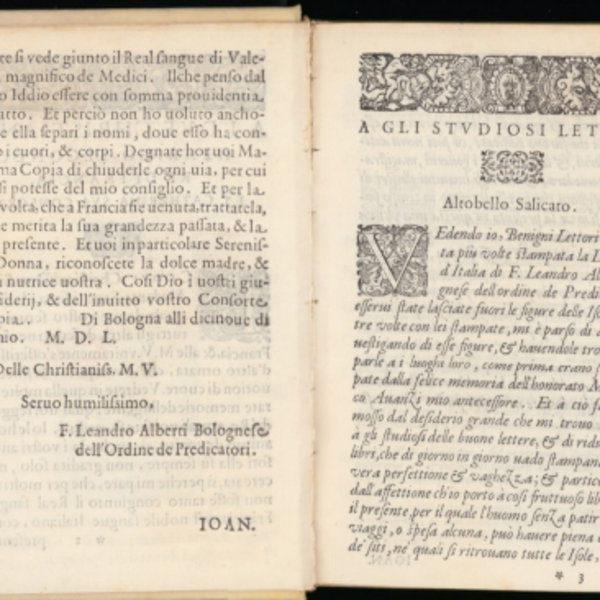
Digital Library
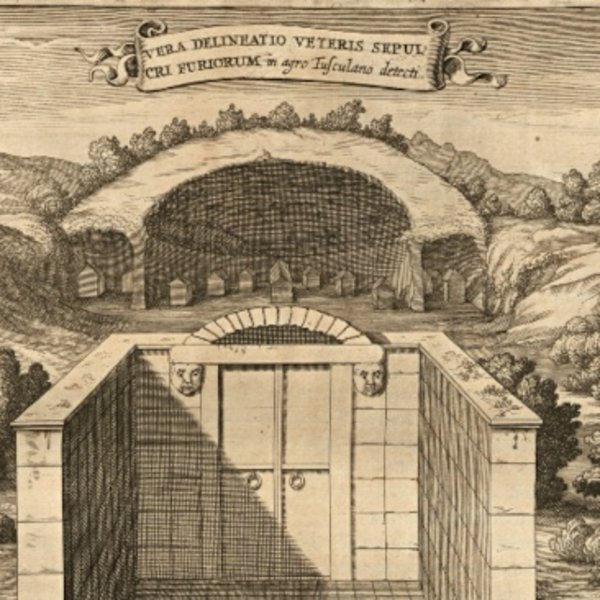
Rara
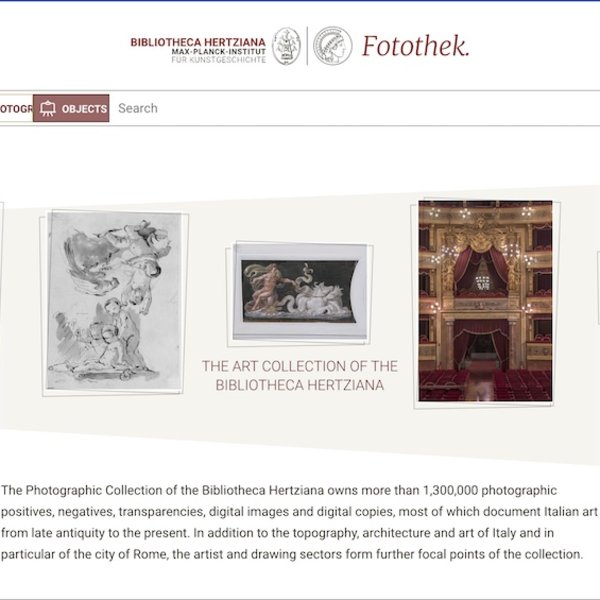
Fotothek Catalogue
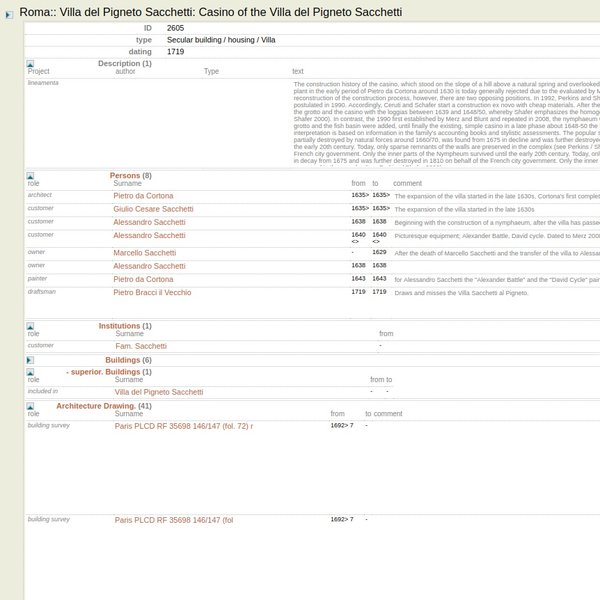
Zuccaro
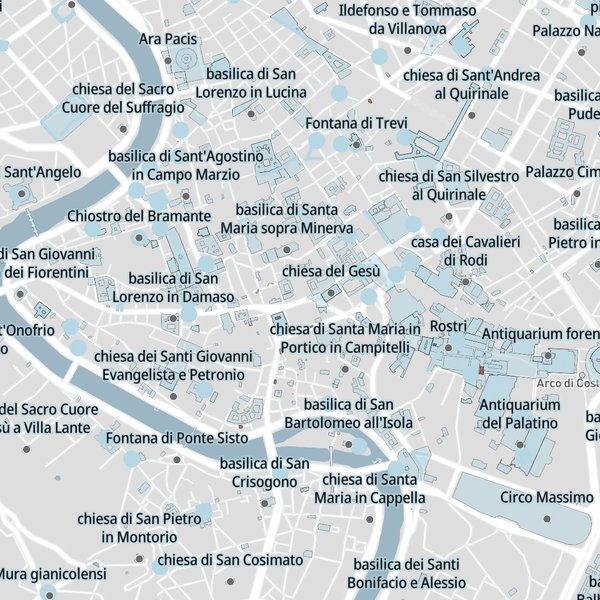
Mapping Rome
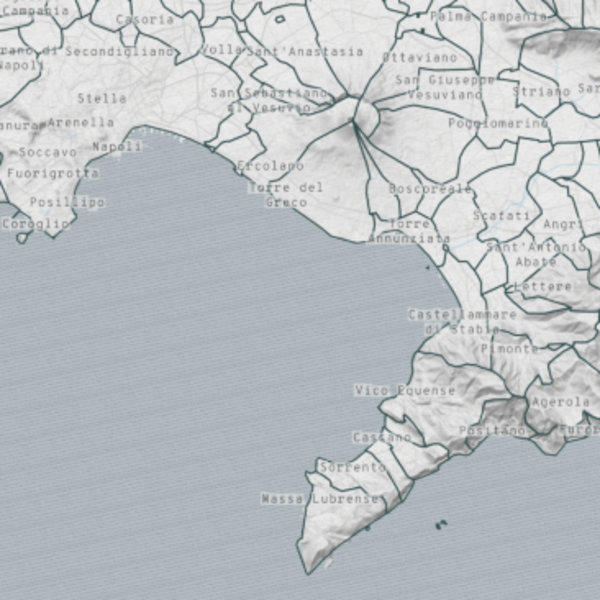
Spatial Bibliography
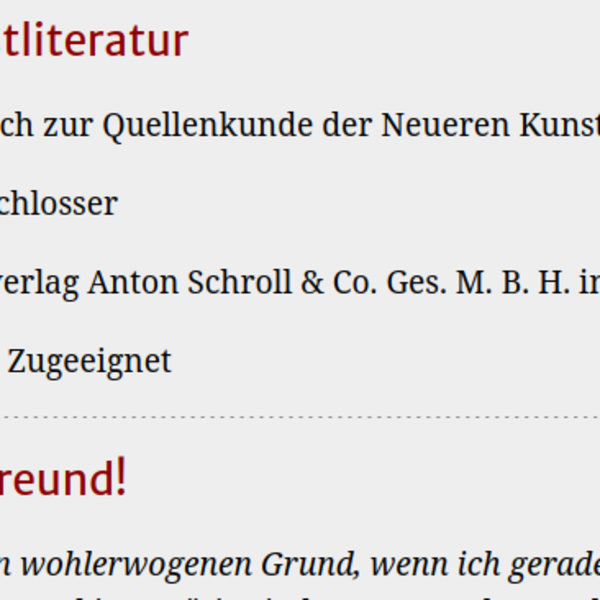
Schudt – Schlosser – Caldana
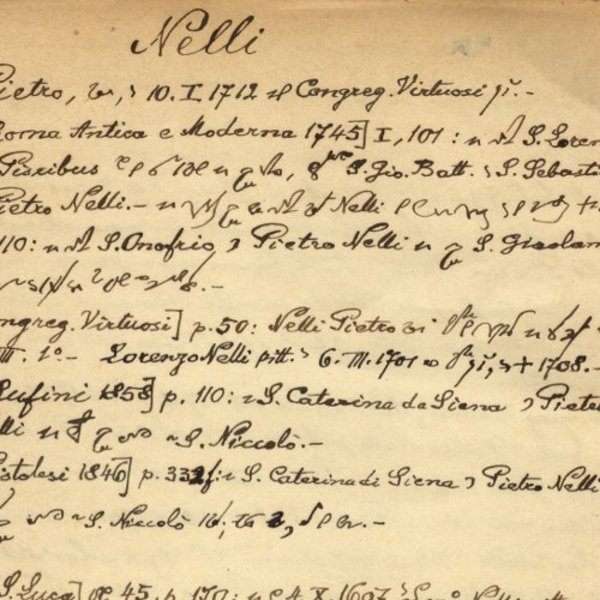
Schede Noack
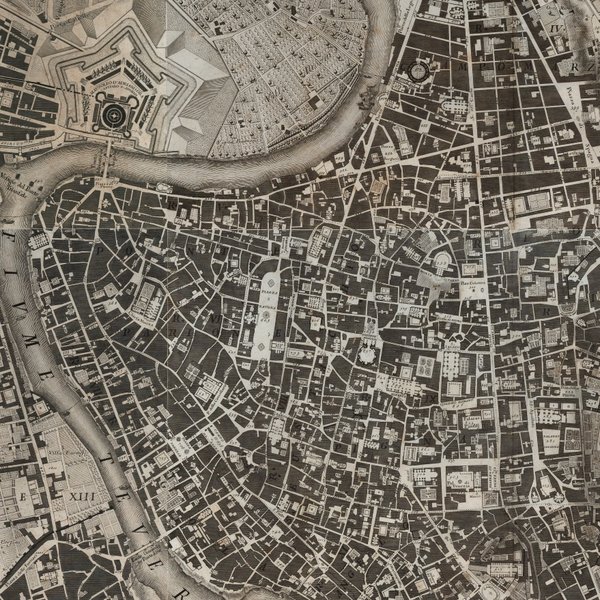
CIPRO – Catalogo illustrato delle piante di Roma online
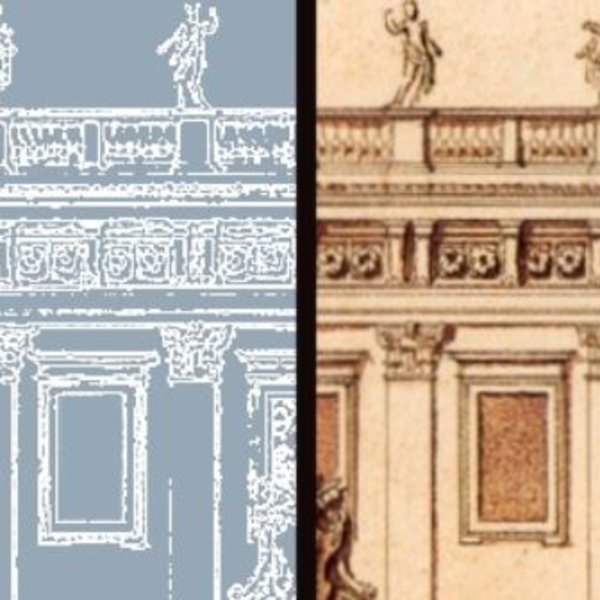
Lineamenta
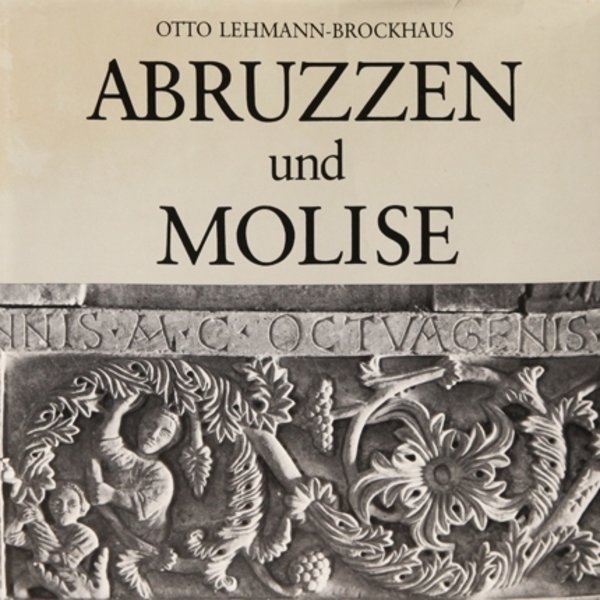
Abruzzo and Molise
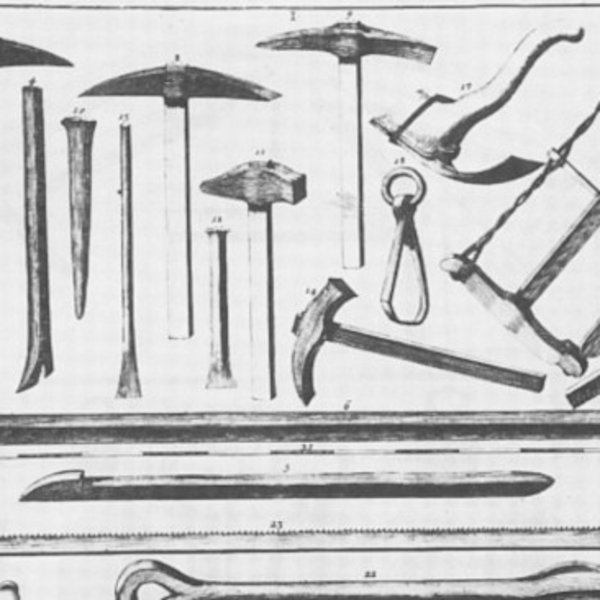
Glossario dell’edilizia
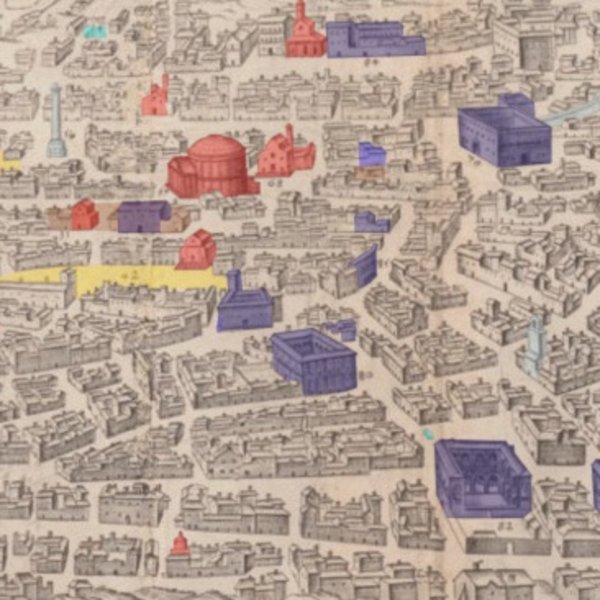
Maps
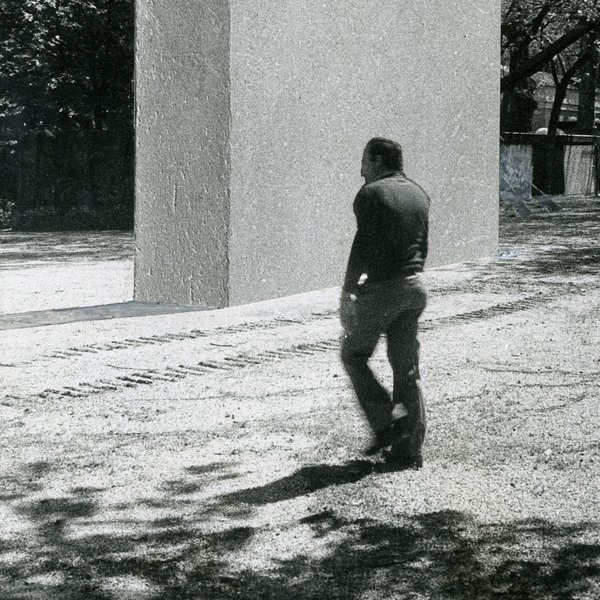
Staccioli Digital Archive
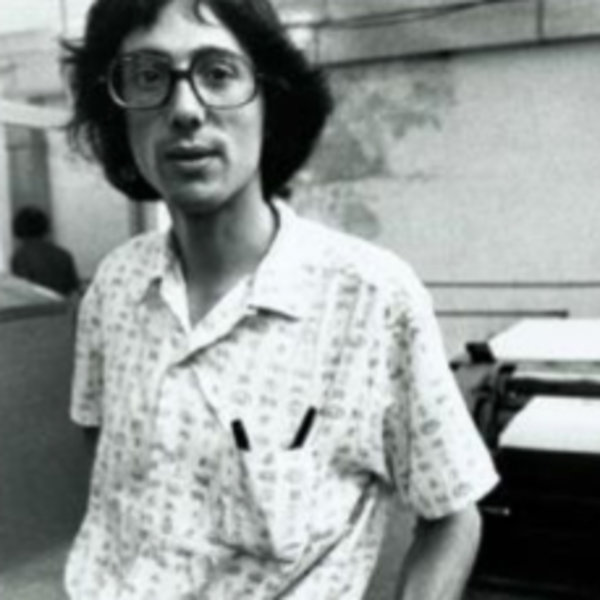
Pablo Echaurren: Art and Politics in the 1960s and 1970s
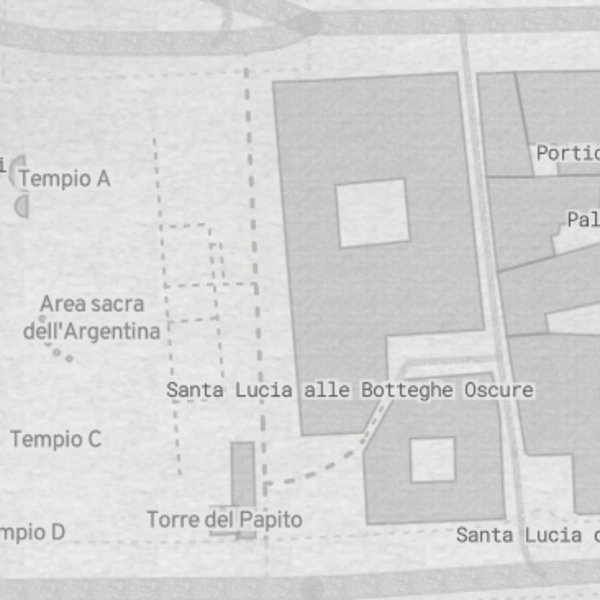
Roman Place Names in LVPA
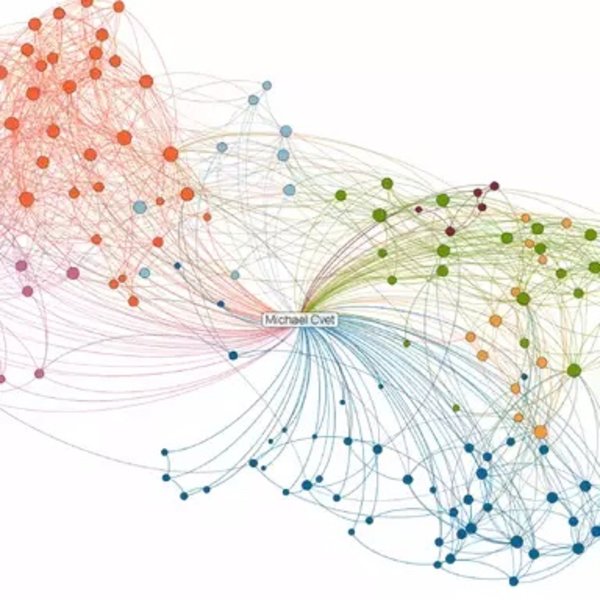
Knowledge Graph|Kunstgeschichte [KG]2

Monuments of L'Aquila as Shared Heritage
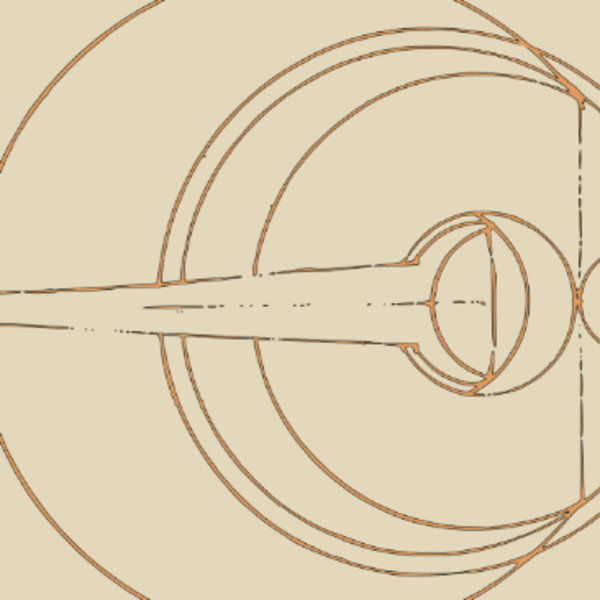
Perspectiva+